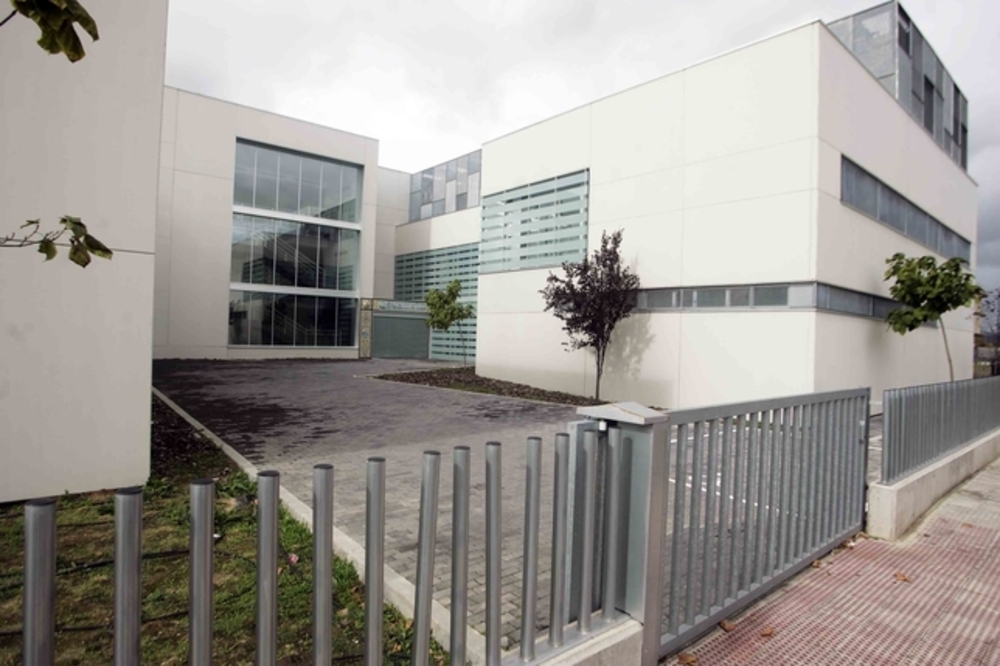Better, Berlin would directly send a squadron of a dozen machines, while waiting for NATO’s European allies (Poland, Baltic States, Greece, etc.) or even Finland, which has started an accession process, to decide to send units too. Chancellor Olaf Scholz is due to speak this Wednesday at noon before the Lower House of the German Parliament to announce this decision and authorize countries with Leopard 2s to do the same.
During a press conference in Berlin with NATO Secretary General Jens Stoltenberg, the new German Defense Minister Boris Pistorius said on Tuesday that he had “expressly encouraged partner countries which have Leopard tanks ready for deployment to train the Ukrainian forces on these tanks”. The head of NATO hailed the “clear message” from Pistorius, in office for less than a week.
A German position that could spread: according to CNN, US President Joe Biden is currently finalizing the shipment of M1 Abrams heavy tanks and could announce it this week.
A significant impact
The epilogue of very long negotiations with Germany, despite ever more pressing demands from kyiv. Germany, since the terrible and deadly war in the East in 1941-1945, not wishing to send battle tanks into a fight against Russia in order to avoid any risk of escalation. Olaf Scholz had been under pressure for several weeks to agree, particularly from Poland, but also within his own government.
“Such deliveries will not bring anything good” to Russian-German relations, reacted Kremlin spokesman Dmitry Peskov. With these shipments, Ukraine would have the best Western heavy tanks, since the United Kingdom promised it 12 Challenger 2. In the meantime perhaps French Leclercs.
According to observers, these armored vehicles are likely to have a significant impact for the Ukrainians in the face of the steamroller of Russian troops who are regaining some ground on Ukraine’s eastern front.


